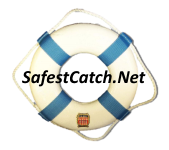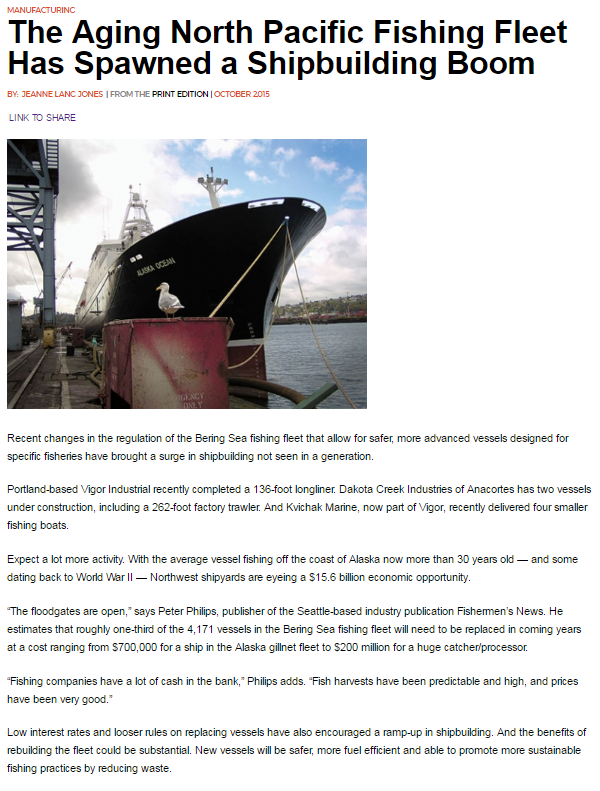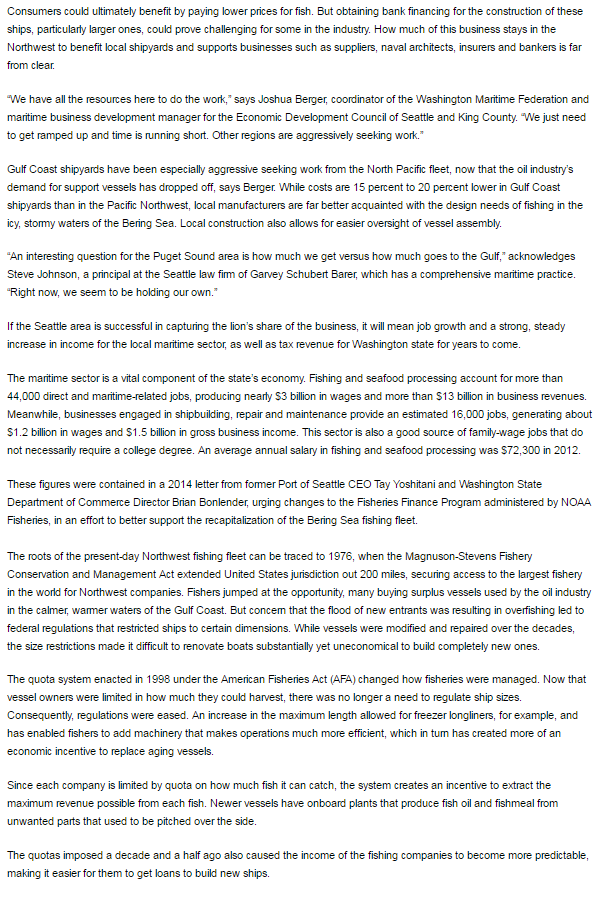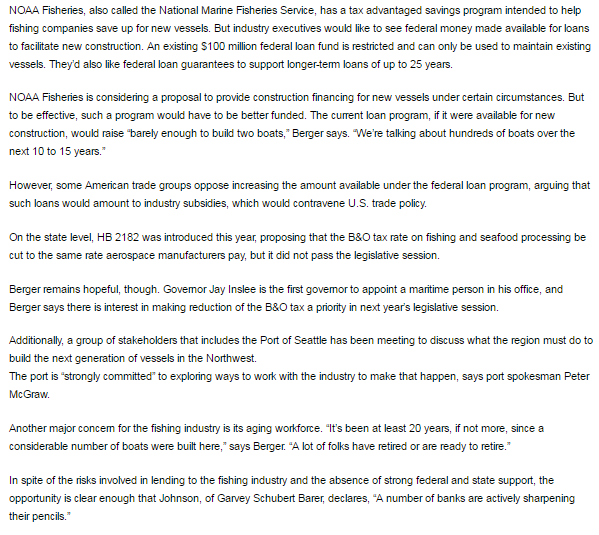About Safest Catch
SafestCatch.net is a web-based community committed to safety at sea and sustainable fisheries; Safety first followed closely by quality seafood production.
In a play on the imfamous Deadliest Catch, it is important to look beyond 'made for TV' and look at the real fishermen who are the true stewards of our Nation's resources.
Services
This site is envisioned as a go to source from one lifelong mariner's perspective to follow the maritime industry of the Pacific Northwest/Alaska and provide timely information on Safety Practices, Real World fishing in the North Pacific & Bering Sea, Training/Educational Links, Sustainable Stewardship of our Nation's resources, and more ~ check back regularly as the industry is 'all consuming' and there undoubtedly will always be something new to report on.
Log Book - SeaBus Shipbuilding Boom
Safestcatch.net ~ Safest Catch dot Net
The Aging North Pacific Fishing Fleet Has Spawned a Shipbuilding Boom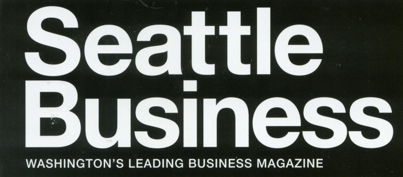
Recent changes in the regulation of the Bering Sea fishing fleet that allow for safer, more advanced vessels designed for specific fisheries have brought a surge in shipbuilding not seen in a generation.
Portland based Vigor Industrial recently completed a 136 foot longliner. Dakota Creek Industries of Anacortes has two vessels under construction, including a 262 foot factory trawler. And Kvichak Marine, now part of Vigor, recently delivered four smaller fishing boats.
Expect a lot more activity. With the average vessel fishing off the coast of Alaska now more than 30 years old — and some dating back to World War II — Northwest shipyards are eyeing a $15.6 billion economic opportunity.
“The floodgates are open,” says Peter Philips, publisher of the Seattle based industry publication Fishermen’s News. He estimates that roughly onethird of the 4,171 vessels in the Bering Sea fishing fleet will need to be replaced in coming years at a cost ranging from $700,000 for a ship in the Alaska gillnet fleet to $200 million for a huge catcher/processor.
“Fishing companies have a lot of cash in the bank,” Philips adds. “Fish harvests have been predictable and high, and prices have been very good.”
Low interest rates and looser rules on replacing vessels have also encouraged a ramp up in shipbuilding. And the benefits of rebuilding the fleet could be substantial. New vessels will be safer, more fuel efficient and able to promote more sustainable fishing practices by reducing waste.
Consumers could ultimately benefit by paying lower prices for fish. But obtaining bank financing for the construction of these ships, particularly larger ones, could prove challenging for some in the industry. How much of this business stays in the Northwest to benefit local shipyards and supports businesses such as suppliers, naval architects, insurers and bankers is far from clear.
“We have all the resources here to do the work,” says Joshua Berger, coordinator of the Washington Maritime Federation and maritime business development manager for the Economic Development Council of Seattle and King County. “We just need to get ramped up and time is running short. Other regions are aggressively seeking work.”
Gulf Coast shipyards have been especially aggressive seeking work from the North Pacific fleet, now that the oil industry’s demand for support vessels has dropped off, says Berger. While costs are 15 percent to 20 percent lower in Gulf Coast shipyards than in the Pacific Northwest, local manufacturers are far better acquainted with the design needs of fishing in the icy, stormy waters of the Bering Sea. Local construction also allows for easier oversight of vessel assembly.
“An interesting question for the Puget Sound area is how much we get versus how much goes to the Gulf,” acknowledges Steve Johnson, a principal at the Seattle law firm of Garvey Schubert Barer, which has a comprehensive maritime practice. “Right now, we seem to be holding our own.”
If the Seattle area is successful in capturing the lion’s share of the business, it will mean job growth and a strong, steady increase in income for the local maritime sector, as well as tax revenue for Washington state for years to come.
The maritime sector is a vital component of the state’s economy. Fishing and seafood processing account for more than 44,000 direct and maritime related jobs, producing nearly $3 billion in wages and more than $13 billion in business revenues. Meanwhile, businesses engaged in shipbuilding, repair and maintenance provide an estimated 16,000 jobs, generating about $1.2 billion in wages and $1.5 billion in gross business income. This sector is also a good source of family wage jobs that do not necessarily require a college degree. An average annual salary in fishing and seafood processing was $72,300 in 2012.
These figures were contained in a 2014 letter from former Port of Seattle CEO Tay Yoshitani and Washington State Department of Commerce Director Brian Bonlender, urging changes to the Fisheries Finance Program administered by NOAA Fisheries, in an effort to better support the recapitalization of the Bering Sea fishing fleet.
The roots of the present day Northwest fishing fleet can be traced to 1976, when the Magnuson Stevens Fishery Conservation and Management Act extended United States jurisdiction out 200 miles, securing access to the largest fishery in the world for Northwest companies. Fishers jumped at the opportunity, many buying surplus vessels used by the oil industry in the calmer, warmer waters of the Gulf Coast. But concern that the flood of new entrants was resulting in overfishing led to federal regulations that restricted ships to certain dimensions. While vessels were modified and repaired over the decades, the size restrictions made it difficult to renovate boats substantially yet uneconomical to build completely new ones.
The quota system enacted in 1998 under the American Fisheries Act (AFA) changed how fisheries were managed. Now that vessel owners were limited in how much they could harvest, there was no longer a need to regulate ship sizes. Consequently, regulations were eased. An increase in the maximum length allowed for freezer longliners, for example, and has enabled fishers to add machinery that makes operations much more efficient, which in turn has created more of an economic incentive to replace aging vessels.
Since each company is limited by quota on how much fish it can catch, the system creates an incentive to extract the maximum revenue possible from each fish. Newer vessels have onboard plants that produce fish oil and fishmeal from unwanted parts that used to be pitched over the side.
The quotas imposed a decade and a half ago also caused the income of the fishing companies to become more predictable, making it easier for them to get loans to build new ships.
Another factor encouraging fishing companies to replace vessels is the tighter safety regulation enacted following the loss of the Arctic Rose and Alaska Ranger. “The cost of keeping those older vessels in operation and upgraded to meet the new Coast Guard standards is very large on an annual basis,” says Johnson. “Do you pay a little more each year to keep the vessel going or simply start over with a more efficient, safer vessel?”
Keith Whittemore, a founding owner of Kvichak Marine Industries and now an EVP of business development at Vigor, which acquired Kvichak earlier this year, expects “very significant” vessel replacement for the North Pacific fleet during the next decade.
Kvichak recently delivered three 32 foot gillnetters that currently fish in Bristol Bay, Alaska, and a 66 foot shallow draft crab and salmon tender that was delivered to the Norton Sound Economic Development Corporation last year. Meanwhile, Blue North Inc. of Seattle has a $37 million, 191 foot freezer longliner under construction at the Dakota Creek Industries shipyard in Anacortes. Dakota Creek is also building a 262foot factory trawler for Kirkland based Fishermen’s Finest. The $75 million vessel is based on a Norwegian design.
“The hardest part was finding local companies with knowledge of state of the art factory trawlers, given we haven’t built once since 1989,” says Kristian Uri, general manager at Fishermen’s Finest. The company chose to go with a foreign design that had been used by other companies. Its other two boats were built in the late 1970s, Uri says.
The perception that Europe has more advanced boat designs is a sore spot for Johan Sperling, a vice president at Jensen Naval Architects & Marine Engineers in Seattle.
“There’s nothing that Europe is doing that we are not doing,” Sperling asserts. “It just happens that we haven’t done it on a fishing vessel because we haven’t built any fishing vessels in 20 years.”
Some of the technology, such as filleting machines, might be new, but Sperling says this is simply equipment the architects need to include in their designs.
While rebuilding the fleet is a big economic opportunity, the financing can be challenging, especially for larger, more complex vessels that can cost hundreds of millions of dollars to build. Industry executives would like access to longerterm loans to make it easier to repay debt.
“Fifteen years is a very long loan in our business,” says Kenny Down, CEO of Blue North. “Banks just haven’t come up with a sophisticated enough package to deal with us. We could use three vessels; we found financing for one.”
Blue North hopes to start building a second ship by early next year, but, says Down, “It is difficult without some sort of safety net in place — such as a federal loan guarantee program — to find conventional financing to support that.”
Because the industry is a complex one, loans must be designed to fit the particular needs and capabilities of each business, says Wells Fargo SVP Eric Mauer. And with owners spending hundreds of thousands to millions of dollars to maintain their vessels, it can be challenging for them to save money for a new one. Some companies may not have enough set aside, notes Brian Reisenauer, a U.S. Bank vice president and relationship manager who specializes in serving the seafood industry.
“Banks expect some skin in the game from the owners,” Reisenauer says.
NOAA Fisheries, also called the National Marine Fisheries Service, has a tax advantaged savings program intended to help fishing companies save up for new vessels. But industry executives would like to see federal money made available for loans to facilitate new construction. An existing $100 million federal loan fund is restricted and can only be used to maintain existing vessels. They’d also like federal loan guarantees to support longer term loans of up to 25 years.
NOAA Fisheries is considering a proposal to provide construction financing for new vessels under certain circumstances. But to be effective, such a program would have to be better funded. The current loan program, if it were available for new construction, would raise “barely enough to build two boats,” Berger says. “We’re talking about hundreds of boats over the next 10 to 15 years.”
However, some American trade groups oppose increasing the amount available under the federal loan program, arguing that such loans would amount to industry subsidies, which would contravene U.S. trade policy.
On the state level, HB 2182 was introduced this year, proposing that the B&O tax rate on fishing and seafood processing be cut to the same rate aerospace manufacturers pay, but it did not pass the legislative session.
Berger remains hopeful, though. Governor Jay Inslee is the first governor to appoint a maritime person in his office, and Berger says there is interest in making reduction of the B&O tax a priority in next year’s legislative session.
Additionally, a group of stakeholders that includes the Port of Seattle has been meeting to discuss what the region must do to build the next generation of vessels in the Northwest.
The port is “strongly committed” to exploring ways to work with the industry to make that happen, says port spokesman Peter McGraw.
Another major concern for the fishing industry is its aging workforce. “It’s been at least 20 years, if not more, since a considerable number of boats were built here,” says Berger. “A lot of folks have retired or are ready to retire.”
In spite of the risks involved in lending to the fishing industry and the absence of strong federal and state support, the opportunity is clear enough that Johnson, of Garvey Schubert Barer, declares, “A number of banks are actively sharpening their pencils.”
Make way for American No.1 to lead to America’s Finest Permanent Link: Shipbuilding Boom
